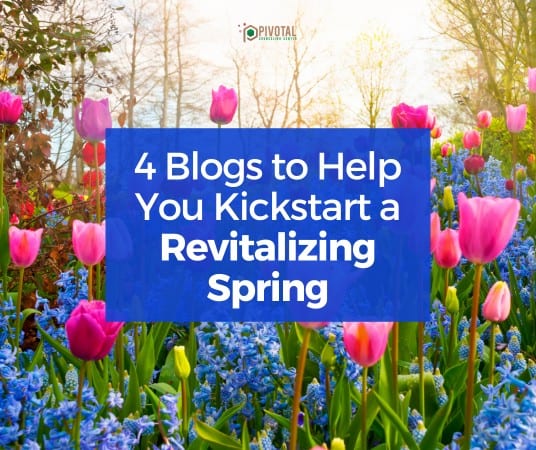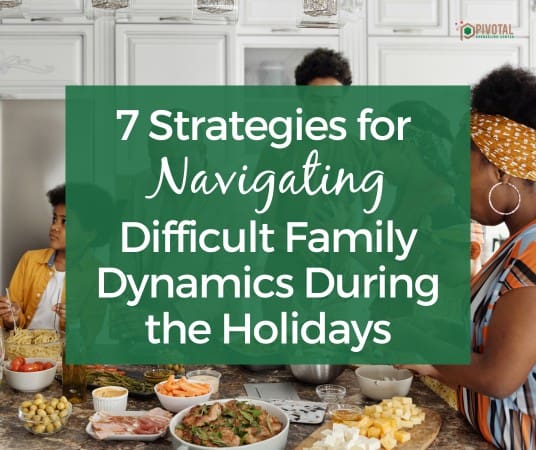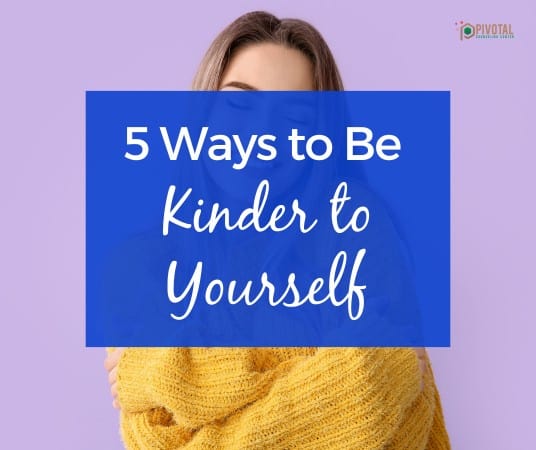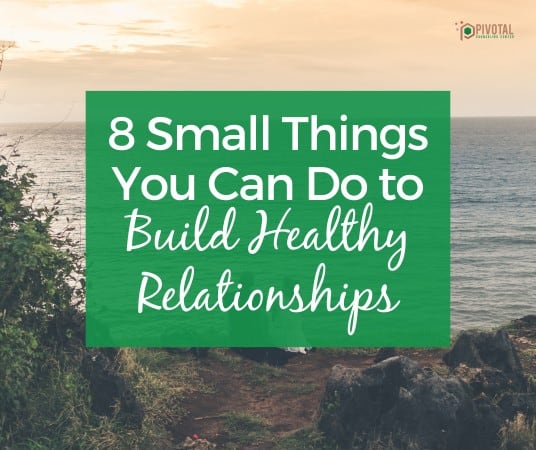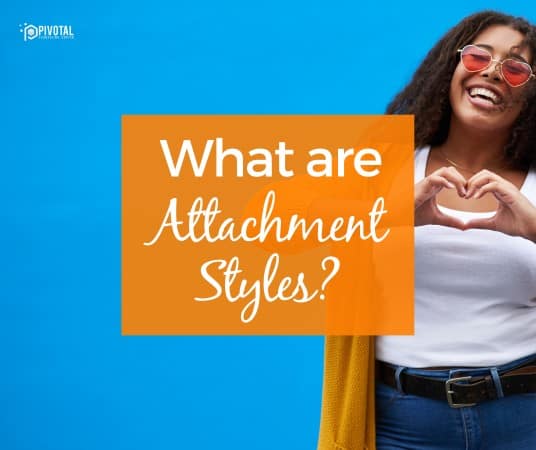
Sometimes, the intensity of romantic relationships can make people act in ways they normally wouldn’t. Whether it be jealousy, clinginess, or genuine discomfort with the idea of commitment, these negative feelings can often get the best of us if we allow them to take control. But have you ever wondered why we experience these thoughts and feelings with a significant other? While there are many reasons for these feelings, attachment theory and attachment styles play a significant role in the way you and your partner relate to one another.
What is attachment theory?
Attachment theory, introduced in the 1950’s by psychiatrists John Bowlby and Mary Ainsworth, explores the quality of an infant’s bond with their primary caregiver and its overall impact on future relationships. From these studies came four identifiable attachment styles:
- Secure attachment
- Anxious attachment
- Avoidant-dismissive attachment
- Disorganized attachment
If a child can consistently and reliably depend on their caregiver to provide them with comfort, affection and basic needs, they’re more likely to develop a secure attachment style. On the other hand, children who cannot rely on their caregivers to give them these basic needs are more at risk to develop one of the three insecure attachment styles – anxious, avoidant-dismissive, or disorganized attachment.
Secure Attachment Style
Secure attachment is about having the ability to confidently build healthy, long-lasting relationships, and is formed when a child’s physical and emotional needs are fulfilled by their primary caregiver.
People with secure attachment tend to be more confident, easy to connect with, and comfortable in close relationships. They’re more likely to trust their partner and willing to share with them their wants and needs, while also being emotionally available for them.
People with a secure attachment style aren’t perfect, however, and also go through relationship troubles like everyone else. Fortunately, they also tend to be good communicators who can effectively manage conflict and express their needs.
Anxious Attachment Style
Anxious attachment, also known as anxious-ambivalent or preoccupied attachment, is an insecure attachment style that develops in a child whose caregivers provided them with inconsistent support.
People with anxious attachment are likely to have lower self-esteem, issues with jealousy, and a deep fear of rejection and abandonment.These fears and insecurities make them ultimately feel like they’re unworthy of love, and dependent on constant reassurance and validation from their partners. Because of this, people with anxious attachment are often labeled as “clingy” or “needy.”
Avoidant Attachment style
Avoidant (or dismissive) attachment style develops in a child who had strict or emotionally distant and absent caregivers. While basic needs for food and protection were met, their emotional needs were not, which eventually teaches the child to fend for themselves for such support.
People with avoidant attachment are often emotionally guarded and have difficulty expressing their feelings. They tend to develop a strong sense of independence, convincing themselves they don’t need anyone in their life, often resulting in isolation and a sense of mistrust in others.
Because of their issues with intimacy, avoidant-attached adults tend to shy away from romantic relationships or struggle to reach any depth. They are unlikely to seek emotional comfort from their partner or understand how to comfort them emotionally when required, which eventually results in that partner feeling stonewalled or dismissed.
Disorganized Attachment style
Also known as fearful-avoidant, disorganized attachment is considered the most extreme and least common attachment style. It is characterized as intense, unpredictable and extremely inconsistent behavior in relationships that stem from intense fear as a result of childhood trauma, neglect, or abuse.
People with disorganized attachment possess similar traits as those with avoidant or anxious attachment, such as fear of rejection and trust issues, but their inability to properly regulate or express their emotions intensifies these feelings until they become unmanageable.
Disorganized-attached adults tend to exhibit unpredictable or contradictory behavior in relationships, shifting between being emotionally distant and aloof and clingy and emotional. Disorganized attachment is also associated with mental health conditions like mood and personality disorders, which can contribute to difficulty in relating to others.
Changing your attachment style
Security and intimacy are vital for healthy relationships and something we all aspire to achieve in some way. While those with secure attachment possess the proper tools for developing healthy relationships, they still require work and consideration, especially if their partner is someone with an insecure attachment style.
If you believe you or your partner exhibit traits from any of the three insecure attachment styles, it’s important to not allow it to discourage you. Despite these life-long behaviors, it is possible to change and develop a more secure attachment style. The first step is to identify your attachment style and recognize when insecure behavior occurs.
Changing your attachment style is no easy feat, however, and may require extra help. Speaking with a therapist about your attachment style can help you to shift into a more secure style that will improve your ability to build and maintain healthy relationships. Contact us if you need help.
Pivotal Counseling Center is now accepting Medicaid including Blue Cross Community Medicaid, Meridian Medicaid, and Molina Medicaid for outpatient counseling.



